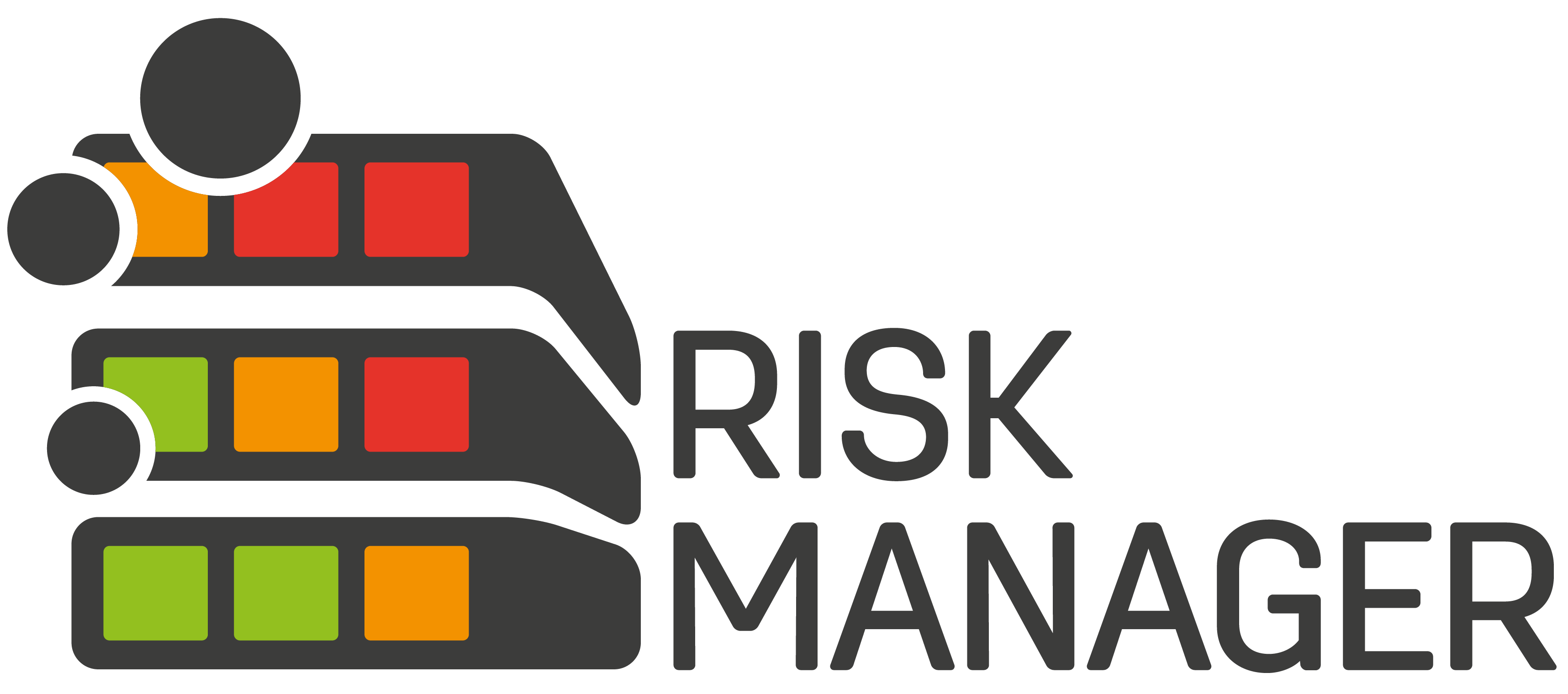Classification of in vitro diagnostic devices (IVD)
In vitro diagnostic (IVD) devices – medical devices that are not regulated under MDR. This is because the EU In Vitro Diagnostics Regulation (IVDR) applies here. But which medical devices fall under the term IVD? What is the classification of the product? And what obligations do manufacturers have to observe?
According to Article 2 of Regulation (EU) 2017/746 (IVDR), the term means “a medical device which is a reagent, reagent product, calibrator, control material, kit, instrument, apparatus, device, software or system, whether used alone or in combination, intended by the manufacturer to be used for the in vitro examination of specimens, including blood and tissue donations, derived from the human body, solely or principally for the purpose of providing information […]”.
How does the classification work?
The classification of an IVD is also regulated in the IVDR within the framework of risk-based classification. As in the Medical Device Regulation (MDR), the classification is based on the intended purpose of the product and the resulting risk profile. According to the IVDR, the classification is made into classes A, B, C and D.
The IVDR defines the risk class of a product on the basis of seven rules. If there is a low risk, products are assigned to class A. As the risk increases, products are assigned to classes B, C or D. Only for medical devices in class A is it possible for manufacturers to declare conformity themselves for market placement; for the other risk classes, the notified bodies must be involved in the conformity assessment procedure.
The classifier for in vitro diagnostic devices: New function in BAYOOSOFT Risk Manager 10.4
With Risk Manager Version 10.4, the functions of the already established classifier for medical devices are also available in conformity with the IVDR 2017/746 standard. Thus, you determine the assignment of the risk class in an uncomplicated way by answering predefined questions. Features for labelling and recognition of non-applicable questions are also included to ensure conformity with your notified body.
Get to know us
The efficient way to technical documentation: BAYOOSOFT Risk Manager supports you in the creation of technical documentation for medical devices and in vitro diagnostics. All relevant information is recorded in a clearly structured environment, stored centrally in an audit-proof manner and linked dynamically in a fine-granular manner. This automatically avoids redundant data storage. Reports are generated with the most up-to-date data at the touch of a button.
Would you like to get to know the BAYOOSOFT Risk Manager? Then take advantage of our 30-day free TRIAL or visit one of the upcoming online product presentations. You can find an overview of upcomming events here.




